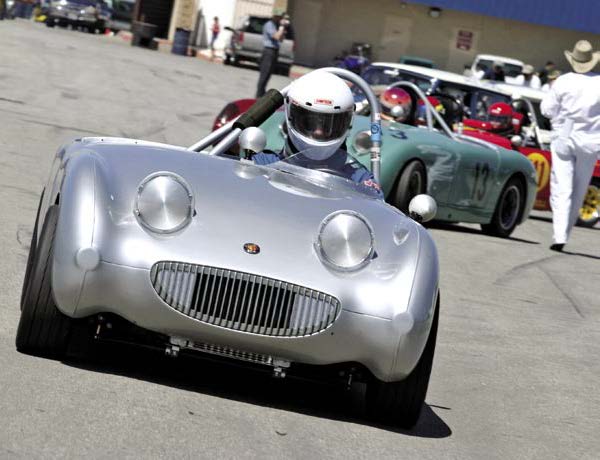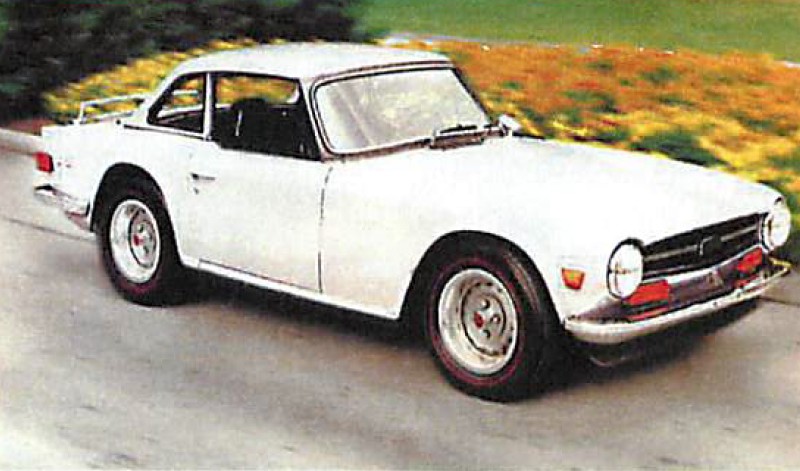By Kelvin Dodd
Bushings and Ride Height
I recently installed new front and rear suspension bushings in my car and now it doesn’t sit level. How can the bushings change the ride height?
—Jeremy Feldman

Moss’s line of black polyurethane bushings look like the original rubber but they last longer and provide a slightly stiffer ride.

Prothane performance poly bushings match the component’s material density to its function. Special Teflon grease (included) for some applications helps make these bushings long lasting and quiet.
The answer requires a brief description of the three major types of bushings used in British car suspensions:
- Unsupported rubber: the rubber bonds to both mounting surfaces. Example: rear leaf-spring shackle-pin bushings.
- Rubber supported by steel: the rubber is bonded to steel, which is then clamped solidly. Example: MGB/Midget/A-H upper shock bushings or TR250/6 rear trailing arm bushes.
- Plastic/polyurethane: The bushing is rigid and rotates on a polished shaft or spacer.
The first two types rely on rotational twist in the rubber between the two fixed mounting surfaces and must be installed and torqued when the suspension is at rest. A common mistake is to tighten these bushes with the vehicle on jackstands (the suspension unsupported). This pre-loads the bushing when the car is lowered, resulting in incorrect ride height until the rubber is finally overloaded and the rubber bond shears. Once sheared, the rubber may not re-bond, causing squeaks and, finally, failure, as the rubber is squeezed out of the pivot point. The third type of bush will rotate, but again it’s designed for a limited amount of slippage. These bushings should also be installed and tightened when the vehicle suspension is at rest—in some positions they may bind, causing excessive deflection of other bushings in the suspension.
Quit Screwing Around
What is a PoziDrive® screw? Or, why do I have a tough time removing British screws?
—Glenn Chestermore
If you look closely at the socket of the screws on your car, you’ll notice an extra set of markings between the arms of the main cross. This indicates that the screw is a PoziDrive® design (above left), and a regular Phillips screwdriver will tend to climb out of the socket because the taper is different.
By this point, you’re probably laughing and pointing out that regular Phillips screwdrivers have worked perfectly well for years. But think about how many screws end up getting rounded out, particularly those machine screws under the bonnet that had to be taken out with vice grips. A perfect example of problem screws: The ones that secure the points plate in Lucas distributors. The correct PoziDrive® bit is able to transfer far more torque without riding out of the socket, thus reducing the chances of destroying screw heads. PoziDrive® screwdrivers and bits may be ordered from most industrial supply companies.








'Tech Q&A: Fall 2005' has no comments
Be the first to comment this post!